I often get questions about snacking. Many clients are surprised when I suggest adding a snack to their daily diet. As part of what you eat throughout the day, snacks can add nutrition and energy when you most need it.
Our eating pattern of three meals a day is really remarkable. The food we eat provides the energy or calories to fuel our bodies throughout the day. Each meal contains a mix of carbohydrates, protein and fats and is designed to give us about 3-4 hours of energy. If you find yourself with a growling stomach about mid- afternoon, it maybe that you need a little more “fuel”.
The benefits of “refueling” between lunch and dinner, are many. Having a snack at that time can help keep blood sugars levels from dropping between meals and energy level high. It can also help you go into the next meal with an appetite that is not roaring, which for many bring an increased responsiveness to our natural signals of hunger and fullness. Everybody, regardless of their health goals, can include and enjoy a snack. One,two or three snacks a day (depending on your activity level) can be a great way to add many nutrients to your diet. This is especially important for children. Providing consistent snacks between meals can help keep their blood sugar even, which has a remarkable effect on behavior and energy. While food can’t eliminate all childhood “meltdowns”, it can certainly help decrease those that are related to hunger. Getting to know your child’s unique hunger signals (fussiness, low energy, etc.) can help you plan for when snacks are needed
It is important to distinguish when you want to snack because you could be stressed, tired or bored and when you need a snack because you are truly hungry. When you are stressed, you don’t need food as much as you may need a break, a rest or change of pace. When you are truly hungry, you need to eat! Think about when you usually get hungry – the growling stomach, lightheadedness or irritability that signals that it is time for food. Then, plan for a snack around that time – it is often best to not wait until you or your child are starving, but rather when you just start to realize you could eat a little something.
Planning is the operative word here. It is easier to choose the piece of fruit (over the candy dish or drive through) if it is there, than if you have to go buy it. So, think about what you would like to eat and put those foods on your grocery list. Then once you have them home, many people find it helpful to pack them in individual serving containers to take to work or in the car. There is an endless variety of what you could enjoy -and enjoyment is important! You will be much more likely to reach for a snack you are looking forward to than one you feel you “should” eat. I’ve included a list to get your creative thoughts rolling. A snack can be anything, from leftovers to something you baked, but it will pack the biggest nutritional punch if it contains a mixture of carbohydrates, some protein and a little healthy fat. The quantity is up to you. Start with a small serving and see if you are satisfied. Here is a short list of some combinations you could try:
- Half a multigrain bagel with almond butter or peanut butter
- Popcorn
- Multigrain crackers with nut butter and dried fruit
- Almonds and sliced apple
- Cottage cheese with bananas and blueberries
- Graham crackers sandwiches made with peanut butter and bananas or strawberries
- Yogurt with mixed berries and granola
- Carrots/celery with hummus dip
- Low fat cheese cubes with grapes
- String cheese and apple slices
- Granola bars
- 1/2 of a sandwich made with lean protein on whole wheat bread
- Milk (regular, soy or rice) and whole grain cereal
- Toasted English muffin topped with sliced turkey or cheese and tomatoes
- Whole grain tortilla heated with cheese and salsa
- Frozen fruit bar and nuts
- Oatmeal, milk and dried cherries
- Celery sticks with peanut butter
- Make your own trail mix with whole grain cereals, crackers, nuts and dried fruits
- Whole grain waffle with fresh fruit
- Baked tortilla chips and salsa
- High fiber, high protein snack bars
- Applesauce and whole grain pretzels
- Instant soups (low sodium varieties)
- Muffin or cookies
If you have any questions or if I could be of any help to you or your family, please don’t hesitate to contact me at 813-871-2320 or kristie@salzernutrition.com.
Happy Snacking!
Kristie Salzer MS, RD, LD/N
—
Kristie Salzer MS, RD, LD/N
Salzer Nutrition, LLC
Nutrition Counseling and Education
214 South MacDill Avenue
Tampa, Florida 33609
www.salzernutrition.com


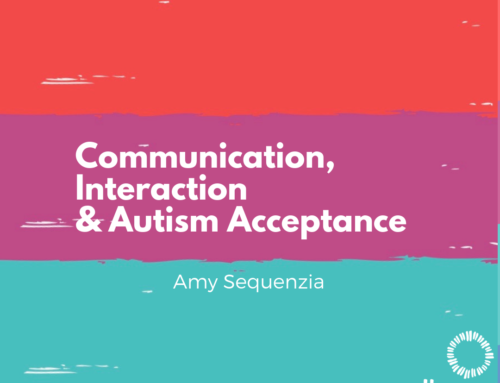
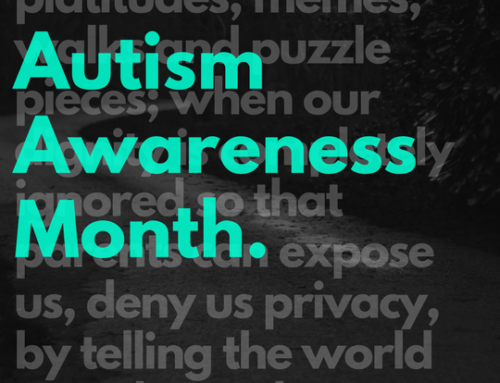

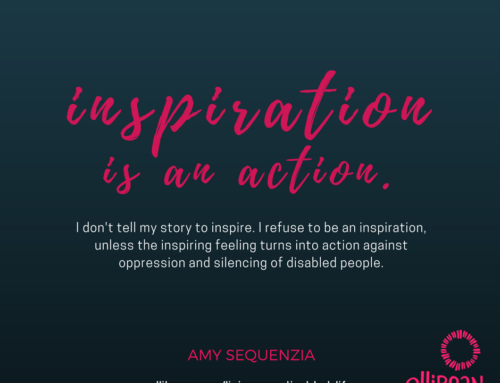
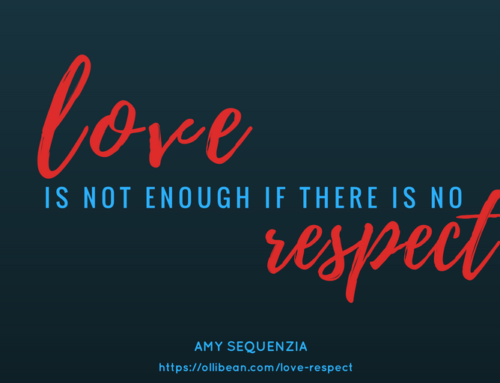


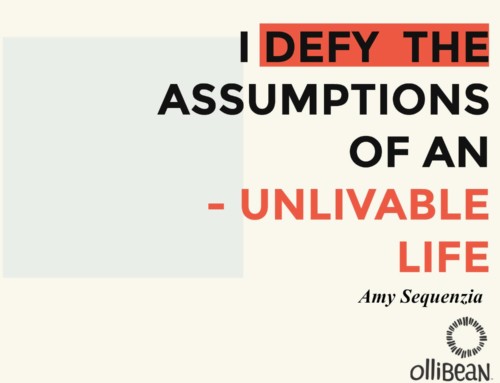



Great advice, Mrs Salzer!